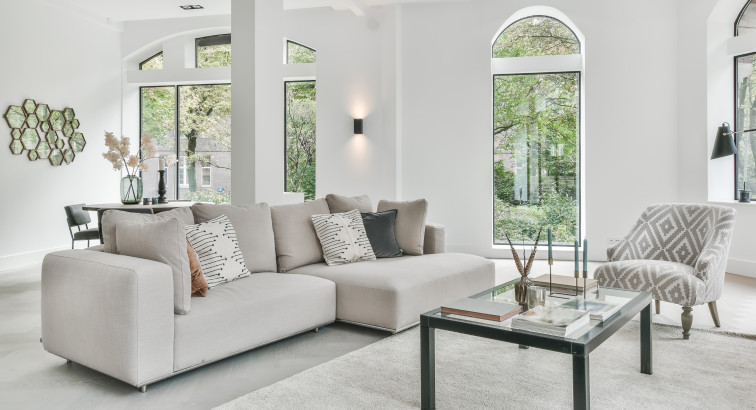When you're preparing to sell your home, there’s a long to-do list—repairs, cleaning, photos, paperwork. So when the topic of staging comes up, many sellers wonder: Is this really necessary? Will it actually help me sell my home faster or for more money?
The answer: in many cases, yes. While not every home needs full professional staging, the right presentation can make a powerful difference in how your home is perceived—and how it performs on the market.
Let’s break down what staging is, why it matters in today’s market, and how to decide what’s right for your home and goals.
What Is Staging, Really?
Home staging is the process of preparing your home to appeal to the widest possible pool of buyers. This often includes:
Decluttering and depersonalizing
Rearranging or replacing furniture for better flow
Adding neutral decor or art
Enhancing lighting and curb appeal
Staging can be done with your existing furniture, through a professional stager, or even virtually. The goal is to help buyers envision themselves in the space—not feel like they’re walking through someone else’s life.
Why It Matters More Than Ever in 2025
Today’s buyers are scrolling through listings before they ever step inside a home. That means your photos—and how your home presents visually online—are everything.
In a market where buyers face higher interest rates and affordability concerns, presentation becomes a major differentiator.
Well-staged homes often sell faster and for a higher price than their unstaged counterparts. Industry studies consistently show that staged homes spend less time on the market and receive more competitive offers—especially in balanced or slightly cooling markets like we’re seeing now.
When You Might Not Need Full Staging
Not every home requires a full professional staging package. Many sellers benefit from targeted staging in key areas. Here are a few real-world scenarios:
Newer construction with clean finishes:
Focus on furnishing the main living and dining spaces—buyers often struggle to visualize furniture scale.Vacant or rental properties:
Use virtual staging or add a few in-person anchor pieces in key rooms to ground the space.Bathrooms and laundry rooms:
Low-cost touches like folded towels, candles, small plants, or framed art can elevate the feel.Seller still living in the home:
A simple walkthrough can identify clutter to remove and small updates to modernize the look.Well-kept homes with neutral styling:
Sometimes, it’s just a matter of editing—removing excess items, packing away personal photos, and refreshing bedding or rugs.
In each case, the goal is the same: highlight the home’s best features without overcomplicating the process.
Staging as a Strategic Investment
Think of staging as an investment, not just a cost. Yes, it takes time and sometimes money—but the return is often well worth it.
A well-staged home can:
Create emotional appeal
Generate more interest and showings
Command a stronger sale price
If budget is a concern, prioritize key rooms like the living room, kitchen, primary bedroom, and entryway—these have the greatest impact.
Conclusion
Staging doesn’t have to be all-or-nothing. In many cases, thoughtful, targeted updates can elevate your home’s appeal without breaking the bank.
Whether you invest in full-scale staging or just do a light refresh, the goal is simple: help buyers fall in love with your home—quickly and confidently.
Before you list, talk honestly with your real estate agent about your home’s presentation. With the right approach, staging can be one of the most impactful steps you take toward a successful sale.
Need advice on staging or prepping your home for sale? Let’s connect for a personalized plan that fits your goals and budget.



